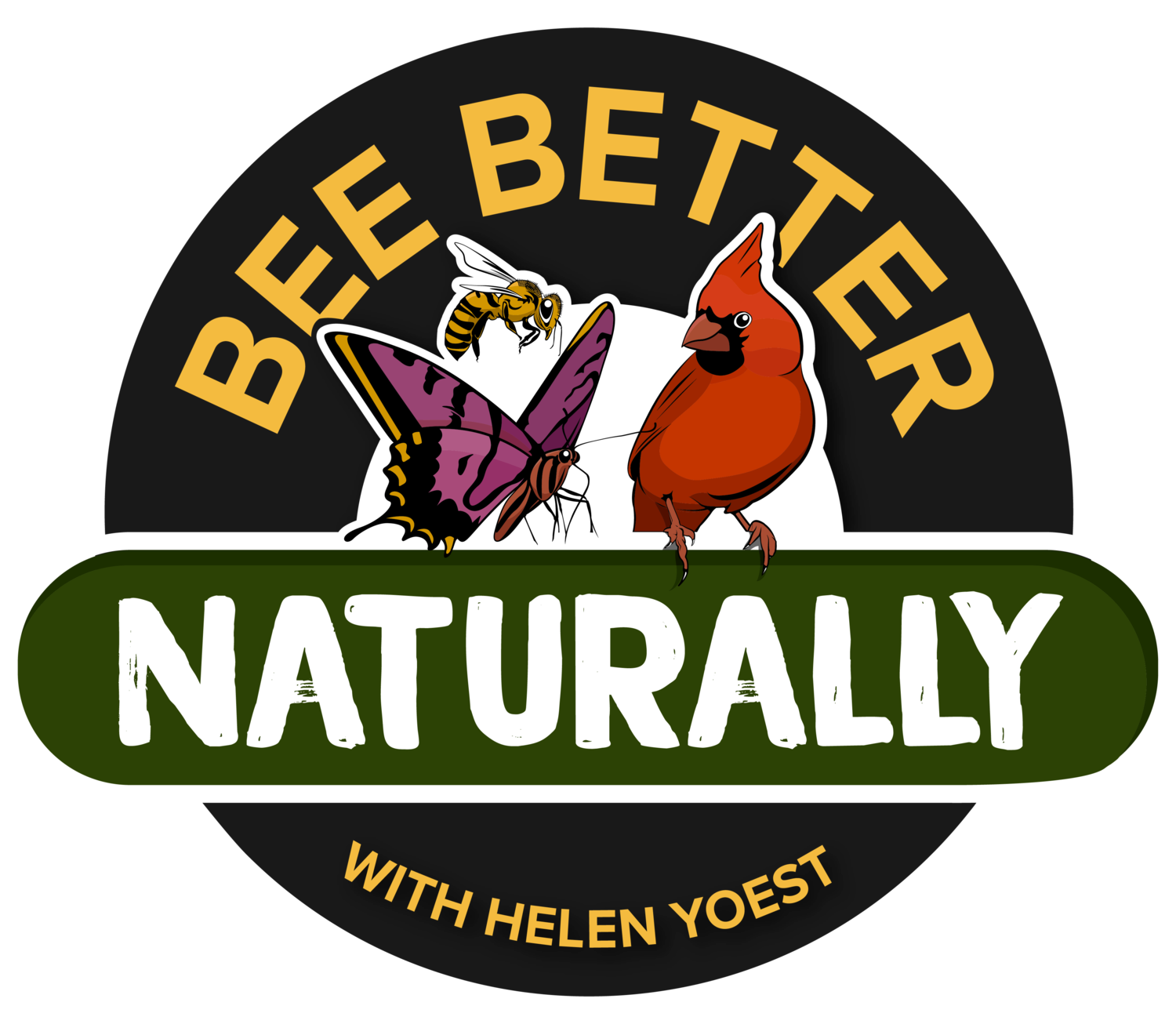Just when you think you are deer-free, one is spotted in the garden! Even if Nell Joslin didn’t actually see it to capture a pic, I would have known a deer visited since this particular deer went after our newly blossomed roses. There was the characteristic tearing at the top of the ripped stems.
A deer visiting The Joslin Garden
Through conservation, we at The Joslin Garden spend a good bit of time caring for the wildlife within. But there is a real problem with unwelcome wildlife. For many of us, that means deer.
Certainly, there are many other pests that bother the residential gardener, such as moles, voles, rabbits, squirrels, opossums, and raccoons, but deer are some of the most common garden-wreckers in many regions.
Deer are becoming a problem even in suburbia; maybe that is better phrased “especially in suburbia.” Most of our suburban gardens were not planned to deal with deer. However, as our developments continue to take away animal habitats, deer look for food wherever they can—often in our own back yards.
Sprays are somewhat effective in defending against deer, but you have to reapply monthly and on any new growth. The best defense against deer is a good offense. Don’t plant the things deer love most—unfortunately, that includes garden favorites like roses and hostas. At first, you may think you are diluting your plant choices, and perhaps you are to a degree. But you are also giving yourself the opportunity to learn about and use plants you might not have otherwise considered.
Below is a list of plants deer are less likely to eat. I would be remiss not to say, “They will never eat these,” because if deer are hungry enough, they’ll eat anything. In general, though, if the plant has a rough texture or a bad taste, deer will avoid it.
PERENNIAL FLOWERS:
Allium, Anemone, Astilbe, Baptista, bee balm (Monarda spp.), bellflower (Campanula spp.), bleeding heart (Dicentra spectacles), butterfly weed (Asclepias tuberosa), Coreopsis, candytuft (Iberis umbellata), daffodil (Narcissus), feverfew (Tanacetum parthenium), flax (Linum usitatissimum), Geum, goldenrod (Solidago spp.), lamb’s ear (Stachys byzantina), Liatris, mint ( Mentha spp.), tansy (Tanacetum vulgare), tiger lily (Lilium lancifolium), primrose (Onagraceae sp.), oregano (Oregano vulgare), Oriental poppy (Papaver oriental), ostrich fern (Matteuccia struthiopteris), pinks (Dianthus caryophyllus), Pulmonary, rhubarb (Rheum rhabarbarum), sage (Salvia officinalis), shasta daisy (Leucanthmum x superbum), soapwort (Saponaria officinalis), Scilla, sweet William (Dianthus barbatus), wormwood (Artemisia absinthium), Veronica, vinca (Catharanthus roseus), yarrow (achillea millefolium), and yucca.
TREES AND SHRUBS:
American bittersweet (Celastrus scandens), Austrian pine (Pinus nigra), Barberry (Berberis spp.), Colorado blue spruce (Picea pungens), English hawthorn (Crataegus levitate), European white birch (Betula pendula), European beech (Fagus sylvatica), forsythias, honey locust (Gleditsia triacanthos), beauty bush (Kolkwitzia amaryllis), mugo pine (Pinus mugo), Norway spruce (Picea abies), white spruce (Picea glauca), red pine (Pinus resinosa), redosier dogwood (Cornus sericea), paper birch (Betula papyrifera), Russian olive (Elaeagnus angustifolia), Scotch pine (Pinus sylvestris), lilac (Syringa vulgaris), rosemary (Rosemaryinus officinalis), and lavender (Lavandula angustifolia).
ANNUAL FLOWERS:
Ageratum, basil (Ocimum basilicum), begonia (Brassica olerancea), blue salvia (Salvia guaranitica), dusty miller (Centaurea cineraia), Dahlia, four o’clock (Marbles multiflora), forget-me-not (Myosotis scorpioides), foxglove (Digitalis purpurea), geranium (Pelargonium x hortorum), heliotrope (Heliotropism arborescens), marigold (Calendula officinalis), morning glory (Ipomoea leptophylla), parsley (Petroselinum), Lobelia, poppy (Eschscholzia california), snapdragon (Antirrhinum majus), and Verbena.
Most county Extension Services have a list of regional plants that are generally less popular with visiting deer. No one can claim a plant is totally deer-resistant. Sometimes deer will take one big bite only to walk away, but the damage has often been done by then. The lists are a good place to start, though.
I REMEMBER 20 YEARS AGO—I remember a wonderful spring day when my friend Patrick was touring my garden. We came upon the weeping snow fountain cherry. Each branch that brushed near the ground was nibbled off. At first, Patrick suggested it was the rabbits, but it was too high off the ground, at about two feet. I jokingly said, “If I didn’t know better, I would say it was the deer.” We both laughed because there was never, ever any deer in my neighborhood, or at least since the houses had been built in 1973.
A couple of days later, I was working on a story at my desk, and my son came running and yelling, “Mom, come quick! There is a deer in the back garden.” This was such a foreign sight to me that it might as well have been a kangaroo. Sure enough, there stood a deer eating the cherry. The next day we found a fawn sleeping under the cherry tree. While I don’t necessarily want my garden to become a deer feeding ground, it’s not often we have the opportunity to watch deer up close, and we considered ourselves fortunate to enjoy its presence. I also feel fortunate, she didn’t stick around!
Until soon,
Helen Yoest
Environmental Specialist

